Big strides have been made in the techniques and technology used for indoor gardening. From automation to LED lights to the proliferation of simple, functional hydroponic setups– indoor gardening in Alaska is more attainable than ever. With our short growing season, why not take advantage of the winter and grow something you can eat?
The most practical and productive things you can grow indoors would be microgreens, lettuce, herbs, cucumbers and tomatoes. For non-fruit bearing plants (greens, herbs, and lettuce), you don’t even need special grow lights, regular fluorescent lights will do. Some microgreens mature in as little as a week while many other types of greens mature in as little as three weeks.
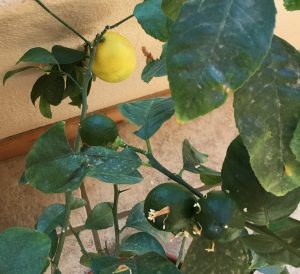
Lemons ripen on my mom’s indoor-grown lemon bush. Photo by Maggi Rader.
While not as productive or practical, here are some of the indoor edibles on my wish-list are:
- Kaffir Lime Tree
- Lemon Grass
- Bay Laurel
- Brown Turkey Fig
- Calamondin Oranges (small, bitter oranges)
- Passion Flower
- Tamarillo Tree
I want to grow my own kaffir lime and lemon grass they are not readily available in town and the Thai recipes I cook always call for them. Fresh bay leaves are extra flavorful and since you need herbs in small quantities, I think I can produce enough to satisfy my need. One of my favorite pizza’s combines fresh figs, fig spread and bacon. Fresh figs are also difficult to find. Calamondin oranges are bitter, but more productive when grown in an indoor environment. Have you seen a passion flower? It’s a wild and beautiful thing that I would not mind having in my living room. Tamarillo trees are basically wild tomatoes. They take about two years to mature so of course they could not be grown outside. Fruits and vegetables that are closer to their wild ancestors tend to be more nutritious. Unfortunately, these exotic edibles are not as easy to grow as many houseplants, but maybe, some day, they will reward you with a tiny morsel to savor. Plus–bragging rights! Continue reading
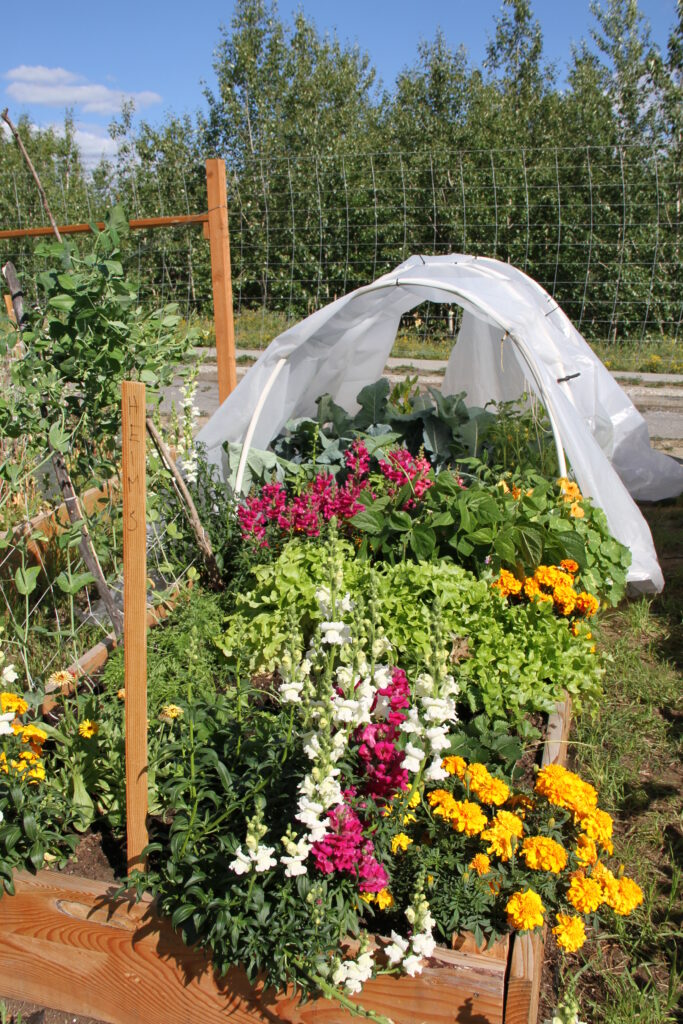

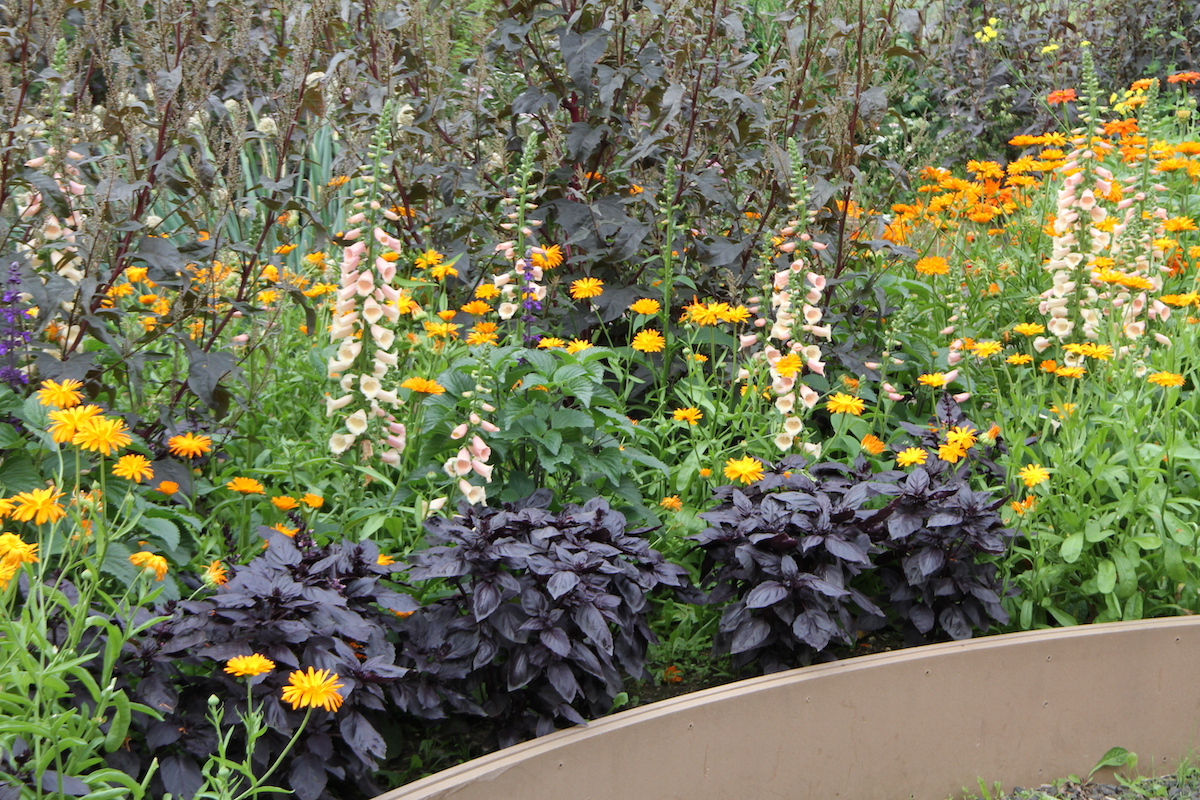
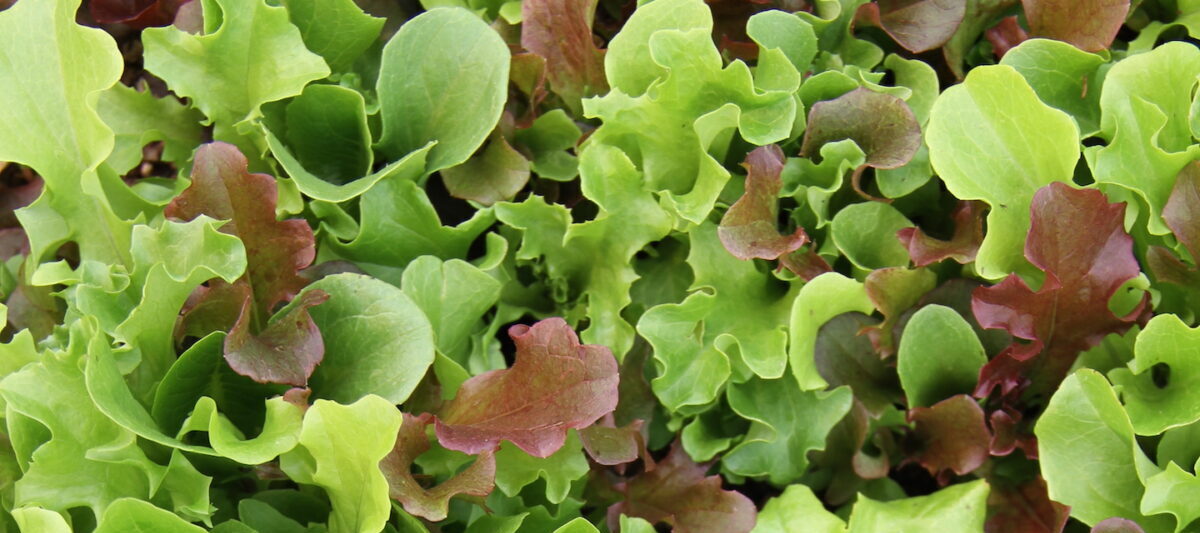
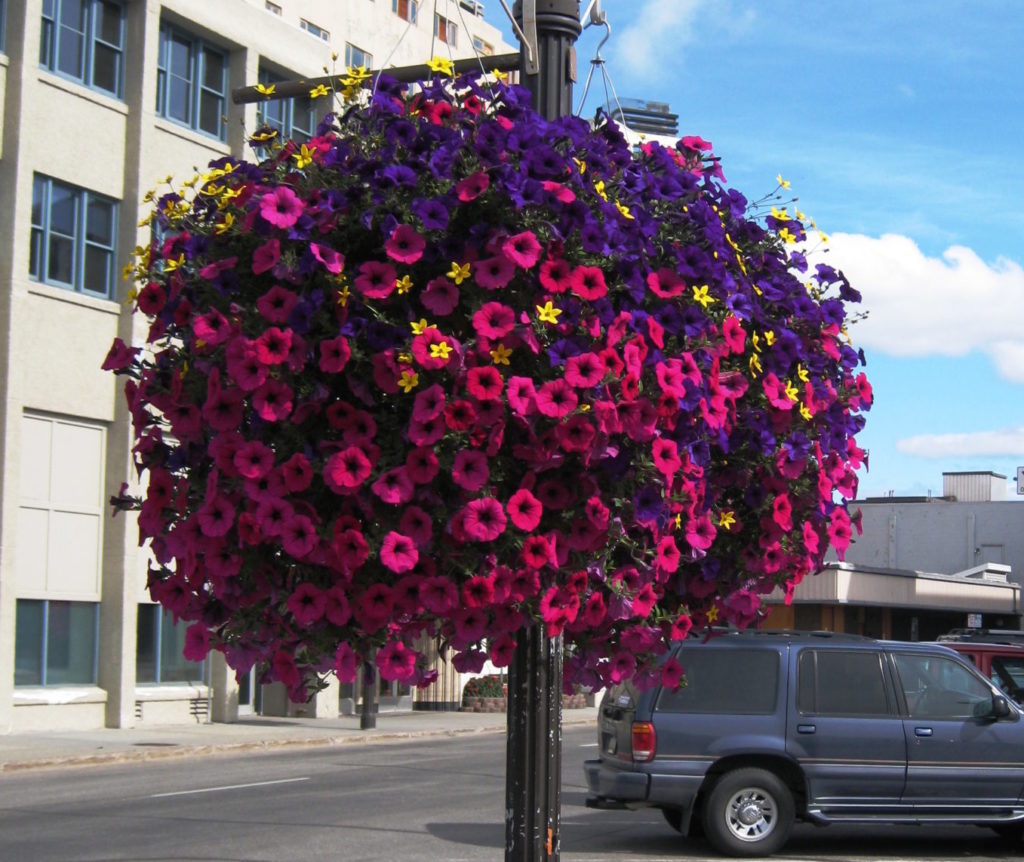

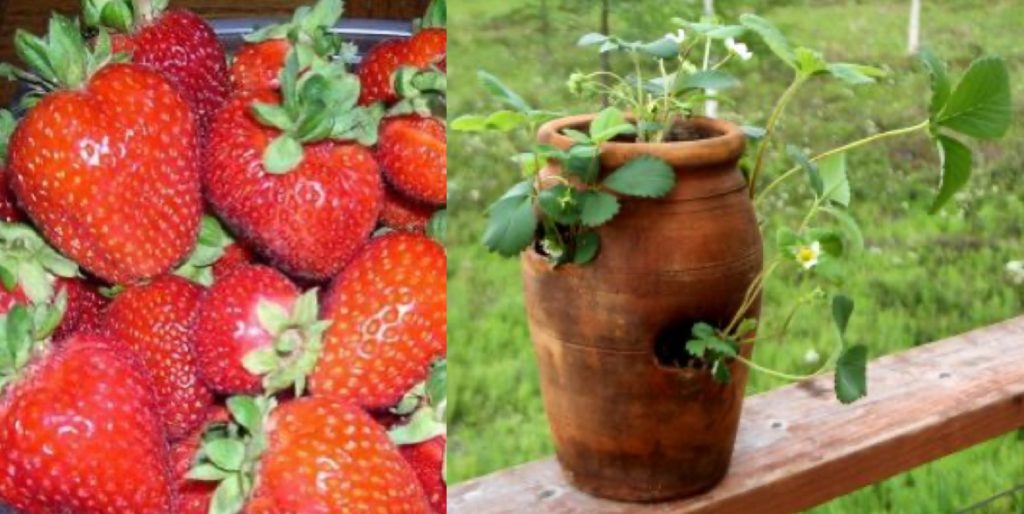 Based on response to day length, strawberries are categorized as: June bearers, everbearers or day neutrals. Sparkle is a June bearer.
Based on response to day length, strawberries are categorized as: June bearers, everbearers or day neutrals. Sparkle is a June bearer.